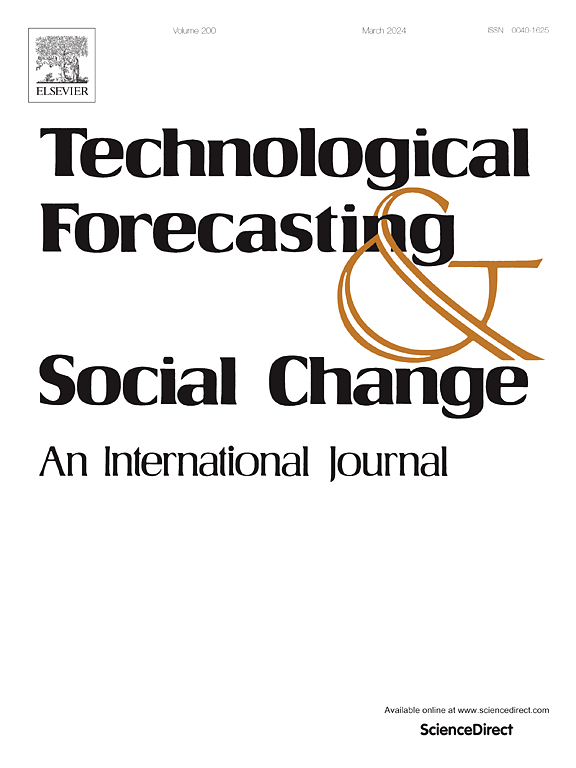Artificial intelligence policy frameworks in China, the European Union and the United States: An analysis based on structure topic model
IF 12.9
1区 管理学
Q1 BUSINESS
Technological Forecasting and Social Change
Pub Date : 2025-01-04
DOI:10.1016/j.techfore.2025.123971
引用次数: 0
Abstract
As artificial intelligence (AI) becomes increasingly influential, governments worldwide are developing policies to manage its multifaceted impact across sectors. This study employs the structural topic model (STM) to analyze 139 AI policies from China, the European Union (EU), and the United States (US), three key actors in global AI governance. The analysis identifies 13 primary topics within AI policy frameworks, which are categorized into “research and application” (e.g., talent education, industrial application), “social impact” (e.g., technological risk, human rights), and “government role” (e.g., government responsibility, management agency). Notably, “government role” receives the most attention, while “social impact” is the least emphasized. The findings reveal that China prioritizes “research and application,” the EU emphasizes “social impact,” and the US focuses on “government role,” while all three demonstrate a growing emphasis on institutional systems, human rights, and scientific research. This study provides a comprehensive policy framework for AI governance, highlights the strategic priorities of China, the EU, and the US, and introduces an innovative method for policy text analysis. Moreover, it underscores the need for AI governance to balance industry development with ethical imperatives, foster comprehensive technological ecosystems, and prioritize public participation and international cooperation.
求助全文
约1分钟内获得全文
求助全文
来源期刊
CiteScore
21.30
自引率
10.80%
发文量
813
期刊介绍:
Technological Forecasting and Social Change is a prominent platform for individuals engaged in the methodology and application of technological forecasting and future studies as planning tools, exploring the interconnectedness of social, environmental, and technological factors.
In addition to serving as a key forum for these discussions, we offer numerous benefits for authors, including complimentary PDFs, a generous copyright policy, exclusive discounts on Elsevier publications, and more.

 求助内容:
求助内容: 应助结果提醒方式:
应助结果提醒方式:


